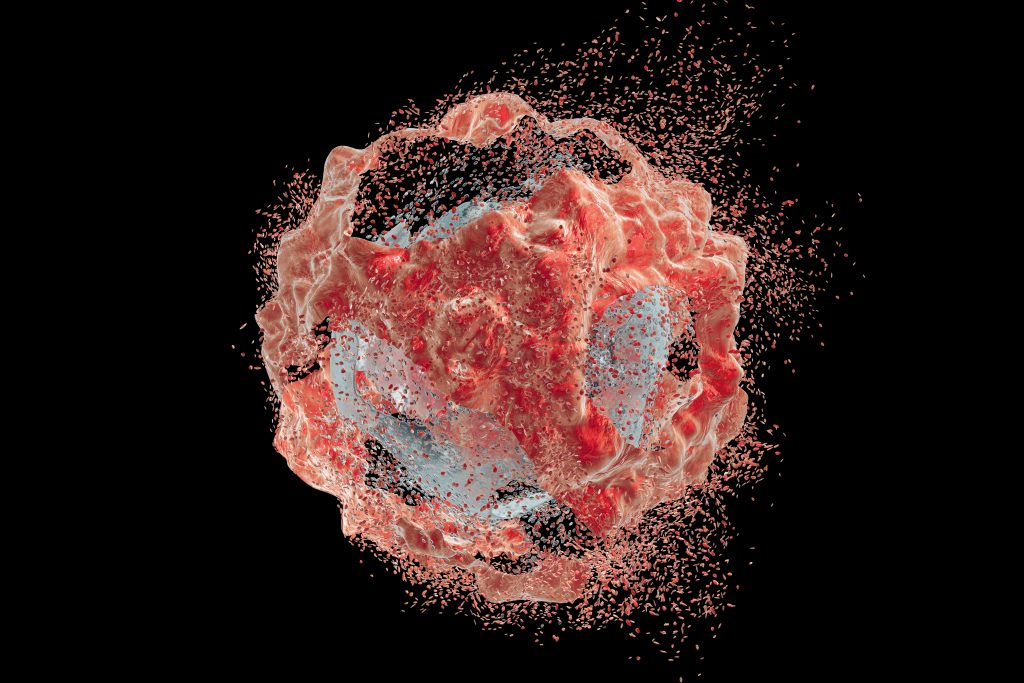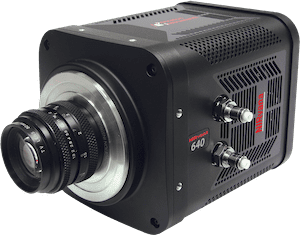Brian Pogue, Scott Davis
SPIE Digital Library
Introduction
Researchers around Brian Pogue and Scott Davis from Dartmouth College in the US have published a conference report about their experiments on using 2D imaging for singlet oxygen imaging and dosimetry in cancer treatment by radiation therapy. Specifically, they perform photodynamic therapy where the photosensitizer molecule used triggers a destructive chain reaction in tumor cells on radiation. As singlet oxygen (an excited form of the oxygen molecule) is closely involved in this reaction, direct detection of emission from this molecule can be helpful in monitoring the reaction dose as well as estimating the deposited energy dose during treatments.

Highly sensitive, deeply cooled 2D InGaAs cameras are very well suited to monitor the emission of singlet oxygen. In the current study the researchers have developed several setups and they included a Princeton Instruments NIRvana to further increase the detection sensitivity. They performed extensive tests to show that the setup is very suitable for sensitive dosimetry and will continue with extensive in vivo and animal studies. This research should be extremely relevant for all researchers working in bioimaging as well as cancer research and treatment.

